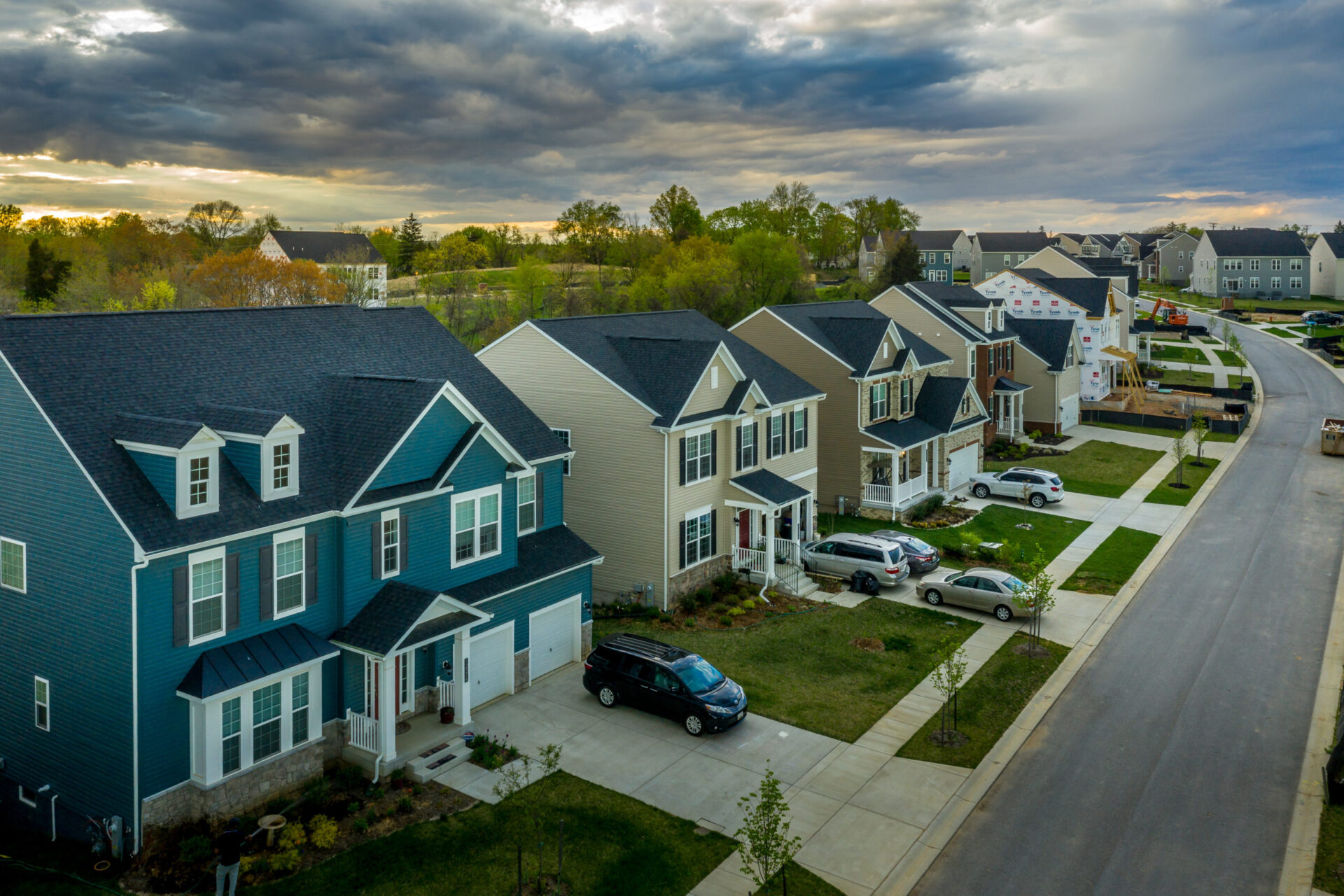While there is anecdotal evidence of people moving from urban environments to the suburbs and beyond, it could take several years before a full data picture to show whether the COVID-19 pandemic led to an urban flight.
And even if there was a mass migration out of cities, an American University professor said it’s likely that a vaccine and an economic recovery would lead to people moving back to the urban areas.
“The urban equation has shifted,” said Derek Hyra, a professor in the school’s Department of Public Administration and Policy. “It was mass amenities for small, expensive square footage, and that works for people for a long time. That’s not necessarily the case anymore.”
Hyra, who is also director of American’s Metropolitan Policy Center, said older millennials who intentionally moved into cities may not be looking for suburban homes with yards for children.
An online survey from the Harris Poll found that nearly 40 percent of U.S. adults living in cities are considering a move toward more rural areas while 43 percent said they were browsing real estate websites. The combination of rising rents, job market upheavals, and a desire for more space could mean significant population shifts to the suburbs and beyond.
Hyra cautioned that anecdotal evidence may be strong, but that full analysis of the data will take three years or more.
“It’s really hard to dissect and differentiate what is actually happening related to an urban exodus,” he said. “Is it really happening on a mass scale? I don’t think we know. Even if it is, what are the underlying factors that are causing it? We don’t know that either.”
Urban dwellers often say that their apartment, condo, or townhouse is just where they live, and the city is their real home. But the things that made the home – proximity to restaurants, bars, shopping, theaters, and other traditional city amenities – have either shuttered, albeit some temporarily, or are available with severe restrictions.
The first decade of 2000 was positive in terms of growth for some of the country’s largest metropolitan areas, according to a Brookings report. As the 2010s crept closer to 2020, there was a slowdown in growth ranging from a high of 2.8 percent in Austin, Texas, to -0.3 percent for New York City from 2018 to 2019. Brookings also found that 30 of the 68 urban core counties with populations greater than 500,000 lost residents between 2018 and 2019.
Zippia, a career expert website, posted a list of the cities people left last year. New York City topped the list, followed by Sunrise Manor, Nevada; Jersey City, New Jersey; St. Louis; Baton Rouge; Birmingham, Alabama; Baltimore; Shreveport; Yonkers, New York; and Newark, New Jersey.
“Ultimately, the biggest cause for movement was older millennials leaving the cities for nearby suburbs,” said Kathy Morris, Zippia’s marketing manager. “I would expect this to continue, unless the economy continues to nosedive to the extent homeownership isn’t possible even in lower cost of living areas. Throw in the move toward remote work and we may in fact see an acceleration towards more diverse areas.”
Although more people may be looking for homes, that doesn’t mean they will eventually move to buy. Those who do decide take the dive into home buying may find their options limited.
The 30-year fixed interest rate for mortgages is now below 3 percent, a previously unheard of low. But lenders are becoming more rigid with what they require in terms of assets, a downpayment, and clean credit, Hyra said. The supply of available homes also does not meet current demand.
Dr. Jessica Lautz, vice president of Demographics and Behavioral Insights for the National Association of Realtors, said first-time buyers or those looking for mid-level houses could get priced out of the market.
“There’s already a trend with the affordability crisis in housing,” she said, adding that there is a sense of urgency
The housing market is continuing to recovery, and the real-estate site Redfin said that activity is expected to keep increasing. Pending sales grew 10 percent from pre-pandemic levels, and the Redfin home-buying demand index was about 20 percent above pre-pandemic levels for seven straight weeks. New listings were also starting to grow. The company’s agents said sellers cite a lack of other homes available for purchase as reason not to list rather than the coronavirus.
Several leading indicators suggest that home sales will continue to increase in the coming weeks; pending sales grew 10% from pre-pandemic levels on a seasonally adjusted basis and the Redfin home-buying demand index has hovered around 20 percent above the pre-pandemic levels for seven straight weeks. Mortgage purchase applications were also about 15 percent above pre-pandemic levels.
New listings were at their pre-pandemic levels for three straight weeks, up 1 percent on average on a seasonally adjusted basis. But there aren’t enough new listings to satisfy the strong homebuying demand. As a result, the total number of homes for sale was down 29 percent from a year ago. Redfin agents report that sellers are now rarely citing coronavirus concerns as a reason not to list, but more often cite the lack of homes for sale itself as the thing that’s holding them back.
“Some of my clients are considering selling, but it’s a matter of finding a home they can buy,” Redfin agent Thomas Wiederstein in Phoenix said in a company statement. “Even if they do find a home that checks all the boxes, many move-up buyers can’t buy a new home before they sell their current one. With bidding wars so common, it’s very hard to get an offer accepted that’s contingent on the sale of the buyer’s current home.”
